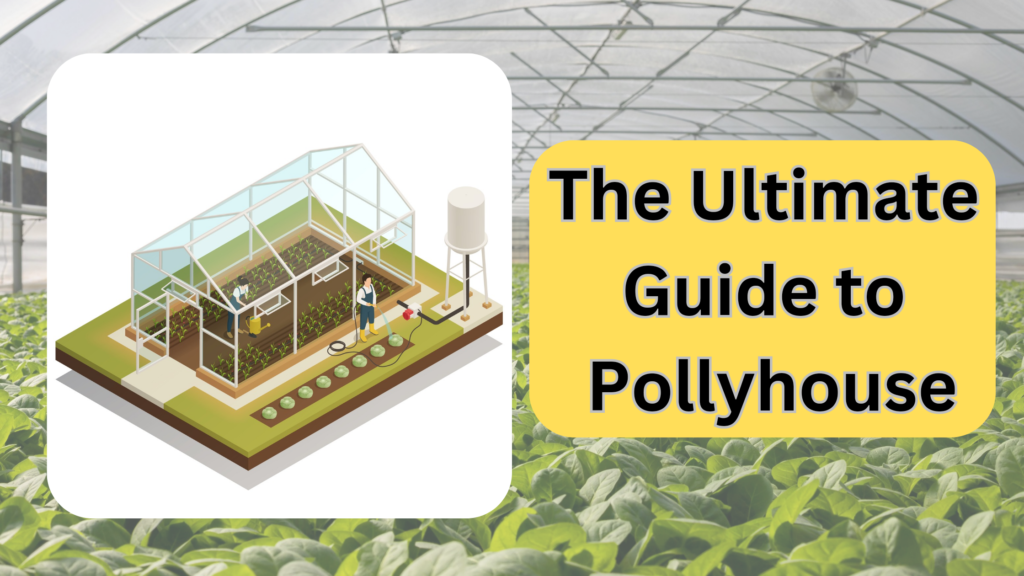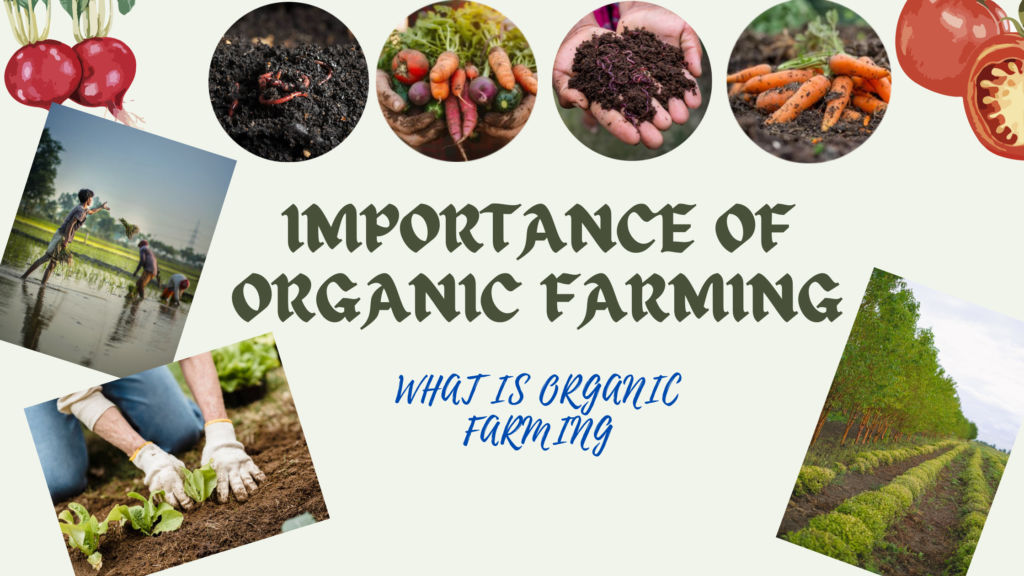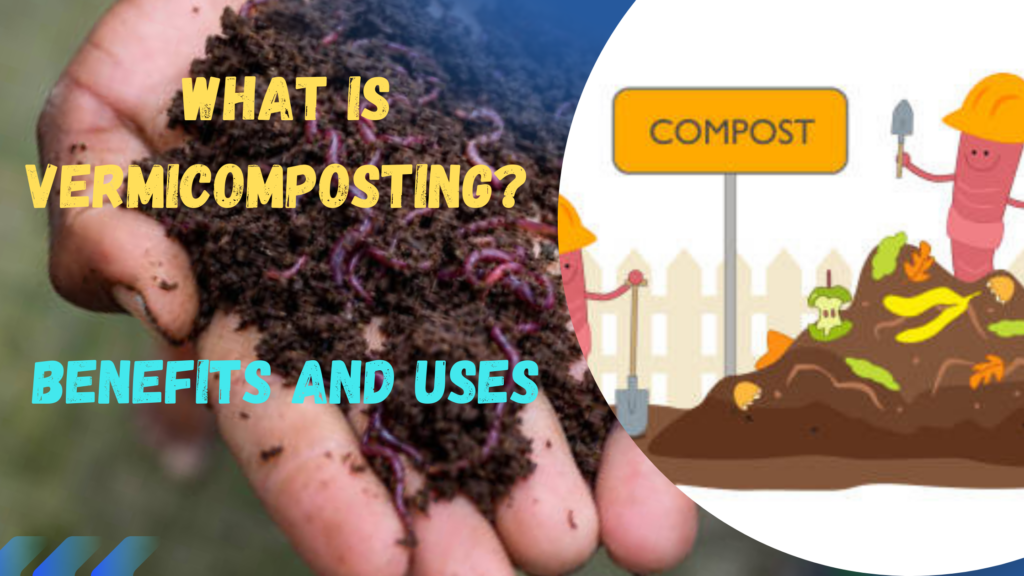In an age where climate change and environmental sustainability are at the forefront of global concerns, innovative farming technologies are crucial to ensure food security and efficient resource management. One such breakthrough is the Pollyhouse, a modern farming solution that’s transforming agriculture. But what exactly is a Polyhouse, and how is it revolutionizing the way we grow our food? Let’s dive into the details.
What is a Pollyhouse?
A Pollyhouse is a type of greenhouse that utilizes advanced polycarbonate or polyethylene materials to create a controlled environment for plant growth. Unlike traditional greenhouses, Pollyhouses are designed to optimize light transmission, thermal insulation, and humidity control, making them a highly efficient option for year-round cultivation.
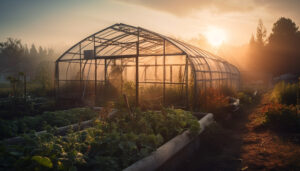
The name “Pollyhouse” comes from “poly,” referring to the polymer materials used in the structure. These materials offer several advantages over conventional glass or plastic greenhouses, including better insulation, durability, and light diffusion.
Advantages of Pollyhouses Technology
- Enhanced Climate ControlPollyhouses provide a stable and controlled environment for plants, regardless of external weather conditions. The advanced materials used in Pollyhouses help maintain optimal temperature and humidity levels, reducing the risk of plant diseases and pests. This climate control ensures that crops grow more consistently and efficiently.
- Energy EfficiencyOne of the standout features of Polyhouses is their energy efficiency. The materials used have excellent insulating properties, reducing the need for additional heating or cooling. This not only lowers energy consumption but also reduces operational costs, making Polyhouses an economically viable option for farmers.
- Increased Crop YieldBy creating a controlled environment, Polyhouses can significantly increase crop yield. Plants in Pollyhouses are less exposed to environmental stressors, leading to healthier plants and more abundant harvests. Additionally, the ability to grow crops year-round means that farmers can achieve multiple harvests in a single year.
- Water EfficiencyPolyhouses are designed with efficient water management systems that minimize water wastage. The controlled environment reduces evaporation and runoff, ensuring that water is used effectively. Some Polyhouses are equipped with rainwater harvesting systems, further enhancing their sustainability.
- Reduced Pesticide UseThe controlled environment inside a Polyhouse can help reduce the need for chemical pesticides. With fewer pests and diseases, farmers can rely on organic or reduced-chemical pest control methods, leading to healthier produce and a lower environmental impact.
Applications of Pollyhouses
Polyhouses are versatile and can be used for a wide range of agricultural applications, including:
- Vegetable Production: Polyhouses are ideal for growing vegetables such as tomatoes, cucumbers, and peppers, which require a stable environment to thrive.
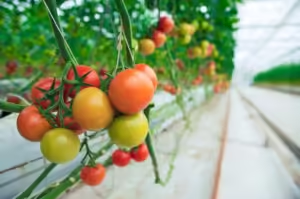
- Flower Cultivation: The controlled climate in Pollyhouses can extend the growing season for flowers, allowing for year-round production.
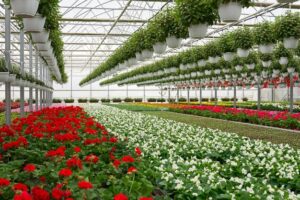
- Herbs and Specialty Crops: Polyhouses provide the perfect conditions for growing high-value herbs and specialty crops that might not thrive in traditional outdoor settings.
Challenges and Considerations
While Polyhouses offer numerous benefits, they also come with some challenges:
- Initial Investment: The cost of setting up a Pollyhouse can be significant, which may be a barrier for small-scale farmers. However, the long-term benefits and cost savings in energy and water usage often outweigh the initial investment.
- Maintenance: Regular maintenance is required to ensure that the Polyhouse remains in optimal condition. This includes checking for any damage to the polycarbonate or polyethylene panels and ensuring that the climate control systems are functioning properly.
Conclusion
Pollyhouses represent a significant advancement in agricultural technology, offering a sustainable and efficient solution for modern farming challenges. With their ability to provide a controlled environment, enhance crop yield, and promote resource efficiency, Polyhouses are poised to play a crucial role in the future of agriculture. As we continue to face environmental and food security issues, embracing technologies like Pollyhouses will be key to building a resilient and sustainable food system.
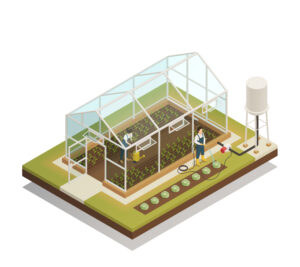
Whether you’re a farmer looking to modernize your operations or simply interested in the future of agriculture, Polyhouses are an exciting development to watch. Their potential to transform farming practices and contribute to a more sustainable world makes them a noteworthy innovation in the agricultural landscape.
If you too want to learn about Growing mushroom at home and get valuable tips, visit https://farming.org.in/growing-mushrooms-at-home/
